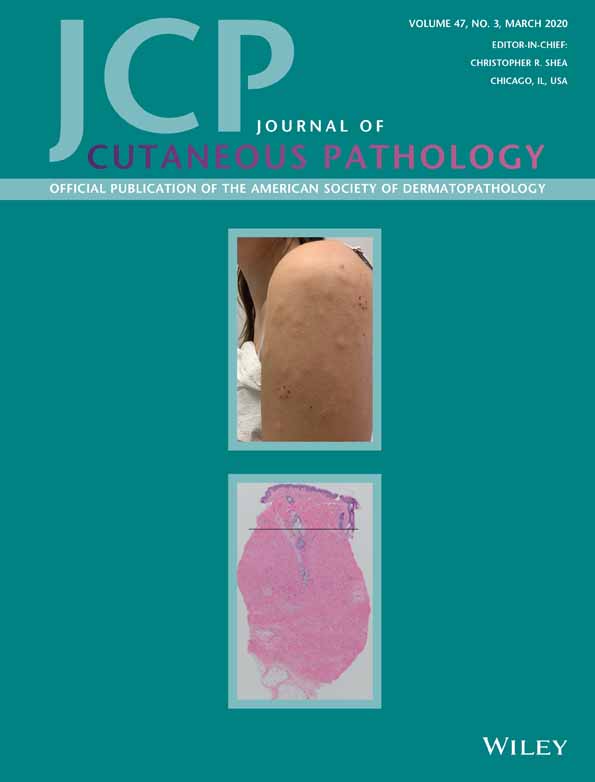Neurofibromas of the oral and maxillofacial complex: A 48-year retrospective study
Funding information: Conselho Nacional de Desenvolvimento Científico e Tecnológico; Coordenação de Aperfeiçoamento de Pessoal de Nível Superior; Universidade Federal do Rio Grande do Norte
Abstract
Neurofibromas are benign neoplasms of the peripheral nerve sheath, characterized by the proliferation of Schwann cells, perineural cells and endoneural fibroblasts. Their occurrence in the oral and maxillofacial complex is uncommon. This study aimed to evaluate the clinical and histopathological characteristics of neurofibromas of the oral and maxillofacial complex excised at our institution over a 48-year period. Using light microscopy, two previously trained oral pathologists re-evaluated all hematoxylin and eosin slides. From a total of 15,375 cases diagnosed at a referred Oral Pathology Service, 24 cases were diagnosed as neurofibromas. Eighteen neurofibroma patients were female, with a mean age of 39.1 years. Three patients presenting neurofibromas exhibited neurofibromatosis type I. Clinically, most of the lesions presented as asymptomatic nodules, and the most frequent sites were the tongue (n = 6; 25.0%), gingiva (n = 6; 25.0%) and intraosseous maxillary bone region (n = 3; 12.5%). Histopathologically, the lesions were predominantly well delimited, exhibiting interlocking bundles of spindle-shaped cells that usually displayed wavy nuclei, associated with delicate collagen fibers. Thus, knowledge of their clinical and histopathological features by dentists and oral pathologists is essential for the correct diagnosis of these lesions.
CONFLICT OF INTEREST
The authors declare no conflicts of interests.




